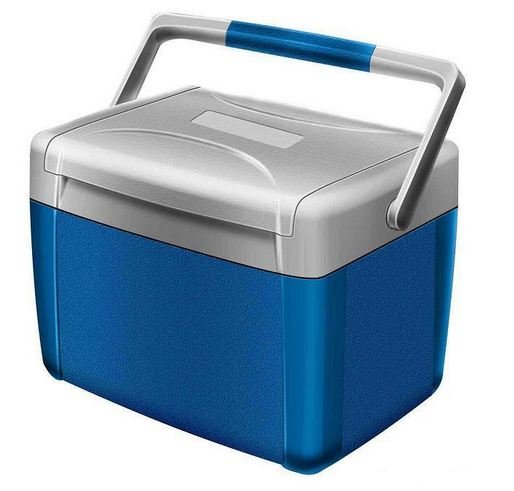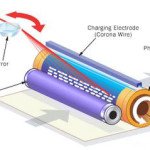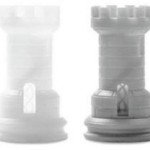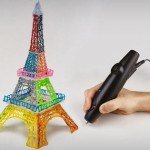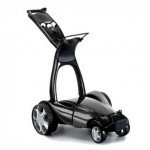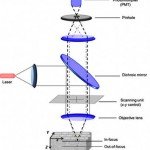How an icebox cools your food
These portable chillers save us all from wilting sandwiches at a picnic, but how do they work?
Iceboxes are usually rather ugly looking things made out of bulky plastic with a thick lid. But attractive aesthetics are sacrificed for good reason – the name of the game here is insulation. The walls of an icebox consist of multiple layers, filled with an insulating material such as polystyrene that is full of air pockets. Air is a poor conductor of heat, so the gaps in the foam help to slow down the energy transfer of heat from the outside to the inside of the box.
Heat is transferred in three different ways: convection (heat moving through fluids – liquids or gases), conduction (heat moves through a substance by particles colliding), and radiation (heat is given off and absorbed by an object via electromagnetic waves). When cold food is placed into the icebox and the lid is shut, very little heat can reach the food via convection because warm air from the outside cannot pass through the box. Conduction is also poor because the air bubbles in the polystyrene layer are good insulators. Some iceboxes or cool bags also have a reflective outer coating to deflect radiation, such as sunlight, away from the precious picnic cargo.

